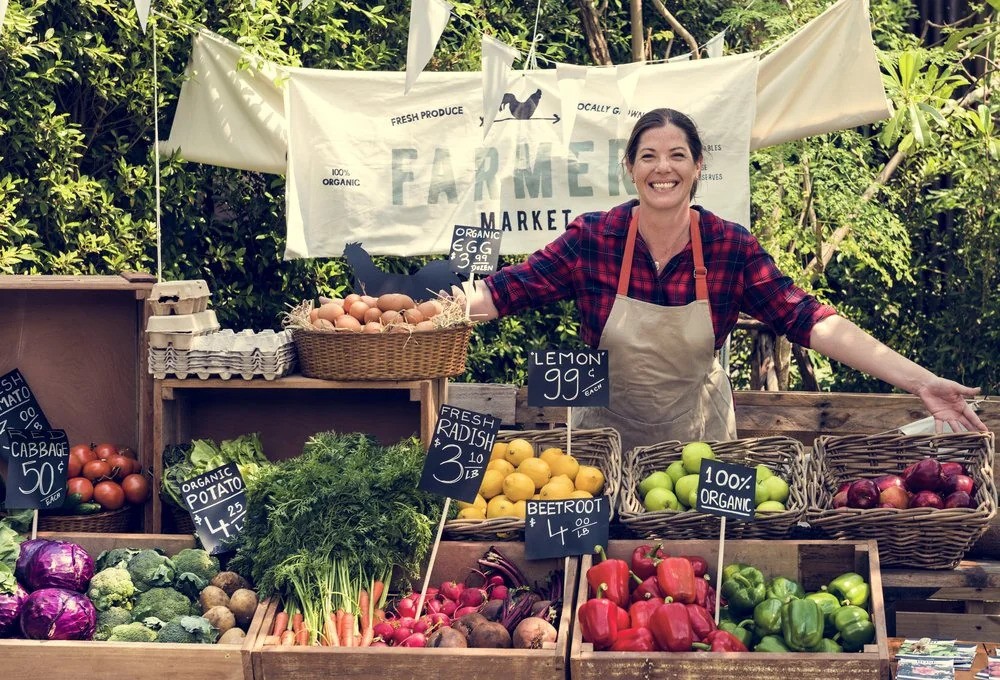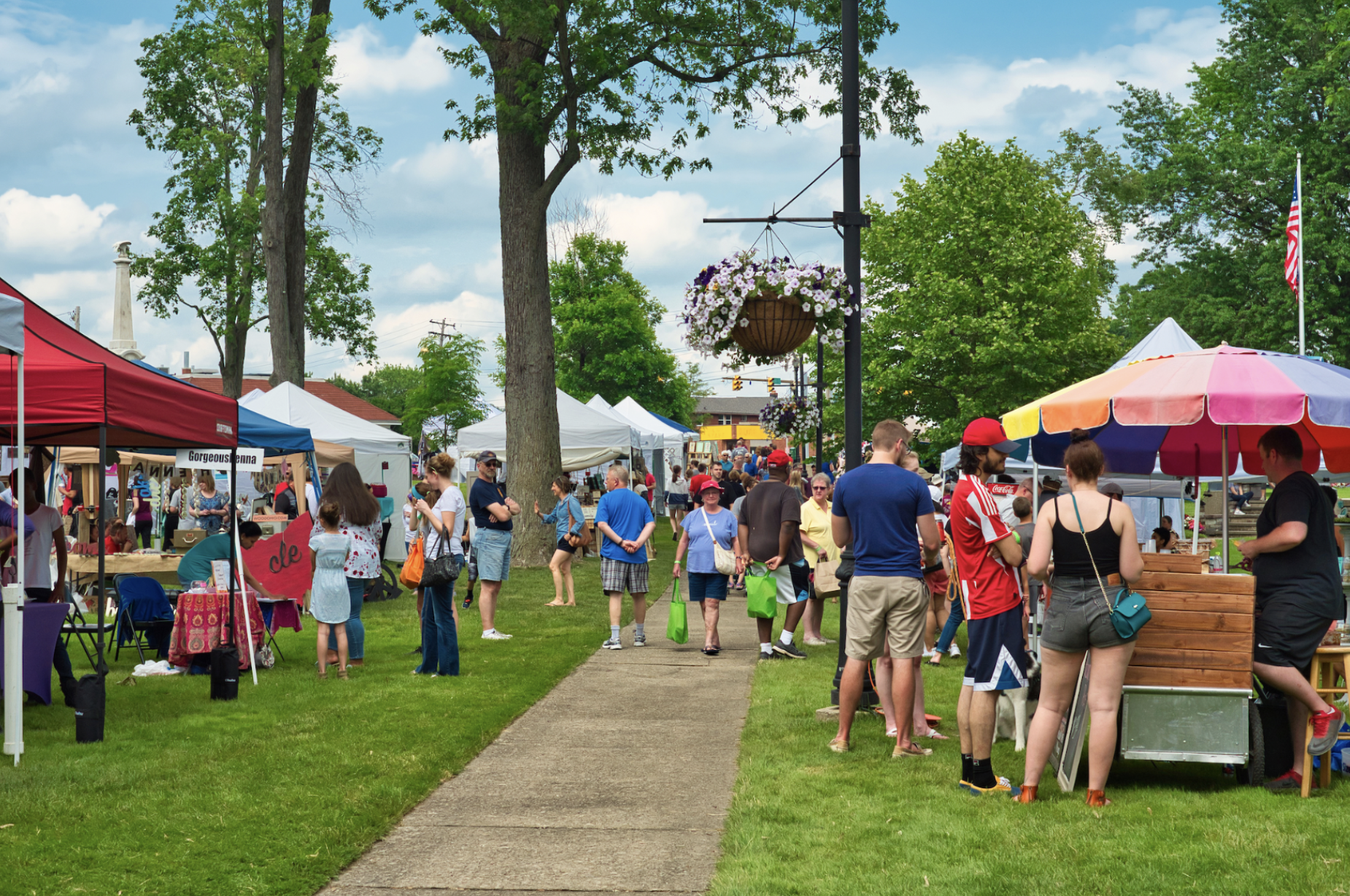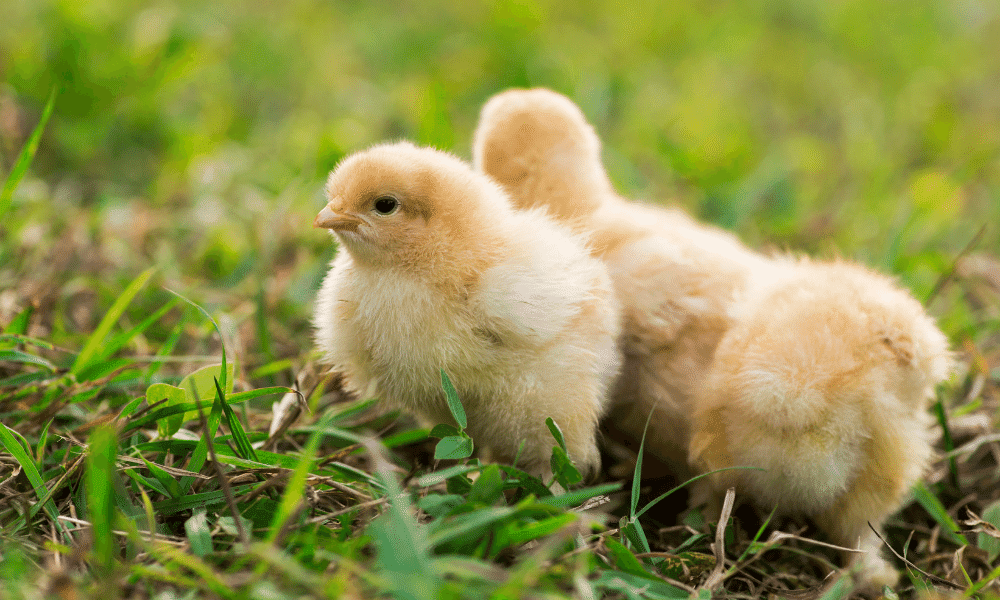Chicken Waterers: Keeping Your Flock Hydrated
The Importance of a Chicken Waterer
A chicken waterer is essential for maintaining the health and productivity of your flock. Chickens require a constant supply of fresh chicken water to thrive, as proper hydration directly impacts their egg production, growth, and overall well-being. Without a reliable chicken watering system, your birds may become dehydrated, leading to stress and health issues.
A good chicken waterer ensures that your chickens have access to clean water at all times, which is crucial for their digestion and metabolism. Whether you opt for a heated chicken waterer in winter or a simple do it yourself chicken waterer, providing adequate hydration is a fundamental aspect of responsible chicken care. Options like the chicken automatic waterer or a large chicken waterer can be particularly effective as a chicken coop waterer for larger flocks while hanging chicken waterers can save space in your coop.
When raising chicks, offering an appropriate water source is vital for their growth and development. A chick waterer is specifically designed to meet the needs of young birds, ensuring they have access to clean, fresh chicken waters without the risk of drowning. These waterers typically feature shallow bases or small openings that allow chicks to drink easily while preventing them from falling in.
Popular options include a chicken waterer with nipple systems, such as chicken nipple waterers, which provide a clean drinking source and reduce water spillage. Additionally, using a bright-colored DIY chick waterer can attract chicks and encourage them to drink. It's essential to regularly clean and refill the water to maintain hygiene and prevent the spread of disease.
By providing a suitable water source, like chicken waterer cups or an automatic chicken watering system, you can help ensure your chicks thrive. This will support their growth into healthy adult chickens. Whether you choose a homemade chicken waterer or a commercial option like the Little Giant chicken waterer, the right chicken waterer ideas will support your flock's hydration needs effectively.
Problems with an Inadequate Chicken Watering System
Inadequate watering systems can lead to a host of problems for your chickens. If the waterer is too small or poorly designed, it may not hold enough water for your flock, leading to competition and stress among the birds. Additionally, stagnant water can become a breeding ground for bacteria, posing health risks. A lack of access to water can result in decreased egg production, weight loss, and even death in extreme cases. Moreover, during colder months, water can freeze, making it inaccessible unless you have a winter chicken waterer. Addressing these issues is vital for the well-being of your chickens.
Criteria for a Good Chicken Watering System
When selecting a chicken watering system, several criteria should be considered. First, the waterer should be easy to clean to prevent the buildup of algae and bacteria. Second, it should be durable and weather-resistant, especially if used outdoors. Third, the size of the waterer should accommodate the number of chickens in your flock; a 5 gallon chicken waterer is often ideal for larger groups. Additionally, consider whether you want a chicken auto waterer or a manual one. Finally, ensure that the waterer is designed to prevent spillage and contamination, which can lead to health issues.
Chicken Feeders and Waterers: Pro Tips
• Design matters: Feeders with sloped roofs keep food dry and prevent waste from rain.
• Smart waterers: Waterers with nipples or cups reduce spills and keep water clean, helping prevent disease.
• Automatic systems: Some waterers, like an automatic chicken waterer with float, provide fresh water without daily refills.
• Chickens love colors: Brightly colored feeders and waterers attract curious chickens, encouraging them to eat and drink more.
• Save money: A well-maintained chicken feeder and waterer reduce waste, making them both practical and cost-effective.
Marketplace
You might also be interested in...

Shop for chickens, livestock or other farm goods

About Farm Expo Events

Sell Your Chicks and Eggs
Chicken Watering System Options
There are several types of chicken watering systems available, each with its advantages and disadvantages. Here, we will explore some of the most common options:
Automatic Chicken Waterers
An Automatic chicken waterer is designed to refill itself as the water level decreases. They can be connected to a water source, such as a hose or a water tank.
Advantages:
Provides a constant supply of fresh water.
Reduces the need for daily refilling.
Can be designed to prevent freezing in winter.
Disadvantages:
Higher initial cost and installation complexity.
May require regular maintenance to ensure proper functioning.
Example: A common auto chicken waterer is the float valve system, which uses a float mechanism to control water flow. This system can be connected to a large water tank, ensuring that chickens always have access to water.
Nipple Waterers
Nipple waterers are a more modern solution that uses a chicken waterer nipple mechanism to dispense water. Chickens peck at the nipple to release water, which helps keep the water clean.
Advantages:
Reduces contamination and waste.
Requires less frequent cleaning.
Can be used indoors or outdoors.
Disadvantages:
The initial setup can be more complex.
Some chickens may take time to learn how to use them.
Example: A popular nipple waterer is the PVC pipe system, where a length of PVC pipe is fitted with multiple nipples. This system can provide a continuous supply of clean water and is often used in larger flocks.
Heated Chicken Waterer
A Heated chicken waterer is designed to prevent water from freezing in cold weather. They often come with built-in heating elements that keep the water at a suitable temperature.
Advantages:
Ensures access to water in winter.
Reduces the risk of dehydration during cold months.
Disadvantages:
Higher energy costs.
Requires access to electricity.
Example: A heated chicken waterer base for a traditional chicken waterer can be used to keep the water from freezing. These bases are often thermostatically controlled to maintain a consistent temperature.
Open Waterers
Open waterers are the most traditional and widely used type of chicken waterer. They come in various sizes and materials, including plastic, metal, and ceramic.
Advantages:
Easy to find and purchase.
Simple design makes them easy to use.
Disadvantages:
Prone to contamination from dirt, droppings, and debris.
Require frequent cleaning and refilling.
Can lead to spillage and waste.
Example: Common open waterers are chicken waterer cups or plastic gravity-fed waterers. While affordable and easy to use, it often requires daily cleaning to prevent algae growth and contamination.
Common Chicken Waterer Problems and Solutions
While each watering system has its advantages, they also come with common problems. Here are some issues chicken keepers may face and potential solutions:
Problem 1: Contamination
Issue: Open chicken waterers can quickly become contaminated with dirt, droppings, and algae.
Solution: Regularly clean the chicken waterer and consider using a nipple waterer or automatic chicken waterer to reduce contamination. If using an open chicken waterer, place it in a clean area away from the coop and run.
Problem 2: Freezing
Issue: Water can freeze in cold weather, leaving chickens without access to hydration.
Solution: Use a heated chicken waterer or heated bases for traditional chicken waterers. Insulating the chicken waterer with straw or hay can also help keep the water from freezing.
Problem 3: Learning Curve
Issue: Some chickens may struggle to learn how to use nipple waterers.
Solution: Introduce the nipple waterer gradually, allowing chickens to explore it. You can also provide a shallow dish of water nearby to encourage them to drink until they learn how to use the chicken watering nipple.
Problem 4: Spillage and Waste
Issue: Open chicken waterers can lead to significant spillage and waste, creating muddy conditions.
Solution: Consider using a chicken waterer with a design that minimizes spillage, such as a trough-style chicken waterer. Placing the chicken waterer on a raised platform can also help reduce waste.
Problem 5: Inconsistent Water Supply
Issue: Traditional chicken waterers may run dry if not checked regularly.
Solution: Use an automatic chicken waterer to ensure a constant supply of water. If using a manual chicken waterer, establish a routine for checking and refilling it daily.
Chicken Waterer FAQ
-
Absolutely! A DIY PVC chicken waterer is a popular choice because it’s easy to build and affordable. You can customize it by adding multiple nipples along the pipe or attaching a small tank for water storage. If PVC isn’t your thing, upcycled materials like old buckets or coolers also make excellent waterers. Just make sure whatever you use is food-safe and easy to clean.
-
A nipple waterer dispenses water when chickens peck at the nipple, making it spill-free and cleaner than open waterers. It’s like giving your chickens a fancy drinking fountain! Bonus: it saves time since the water stays fresher longer and you won’t have to deal with muddy puddles around the coop.
-
Ideally, change the water daily to keep it fresh and clean. Chickens won’t drink stale water, and dirty water can quickly become a breeding ground for bacteria. If you’re using automatic or nipple waterers, clean the system weekly to prevent algae buildup.
-
Yes! If you’ve got a larger flock or a busy schedule, an automatic waterer is a game-changer. It ensures your chickens never run out of water, reducing the stress of constant refilling. However, they require a reliable water source (like a hose or water tank) and occasional maintenance to avoid clogs or leaks. In winter, you’ll need to insulate the system or switch to a heated version to prevent freezing.
-
Chicken watering cups are like tiny drinking bowls that fill with water when the chicken pecks at them. They’re especially handy for minimizing spillage—perfect for those chickens that like to splash around! These cups are often used with PVC waterer systems or automatic setups, making them a great low-maintenance option.
-
Cleaning is essential to prevent health problems in your flock. Use a vinegar-water solution (about 1:1 ratio) to scrub the waterer and rinse thoroughly. Vinegar is excellent for breaking down algae and killing bacteria without leaving behind harmful chemicals. For hard-to-reach areas, an old toothbrush or bottle brush works wonders.
-
Yes! Hanging chicken watering containers are a great way to save space and keep the water clean by lifting it off the ground. Just make sure it’s positioned at the right height—level with your chickens’ backs so they can drink comfortably. However, these waterers might be too high for chicks, so keep a separate, lower water source for them.
-
A chicken heated waterer is your best friend during the cold months. You can either buy one with built-in heating elements or place a heated base under your existing waterer. Thermostatically controlled bases turn on only when temperatures drop, saving electricity and ensuring your chickens always have access to water. For extra insulation, wrap the waterer in straw or bubble wrap to help keep it from freezing.
Understanding the importance of chicken feeders and waterers, as well as exploring the various options available, ensures that your flock stays hydrated and healthy. Whether you choose an automatic chicken waterer system or a simple DIY chicken waterer solution, keeping your chickens well-watered is key to their happiness and productivity.
You might also be interested in…















Discover farmers markets near you with Roobeez! Explore local events, find seasonal and weekly markets, and shop fresh produce and handmade goods on our marketplace. Contribute to our growing directory by adding your favorite markets and community events. Supporting local has never been easier!